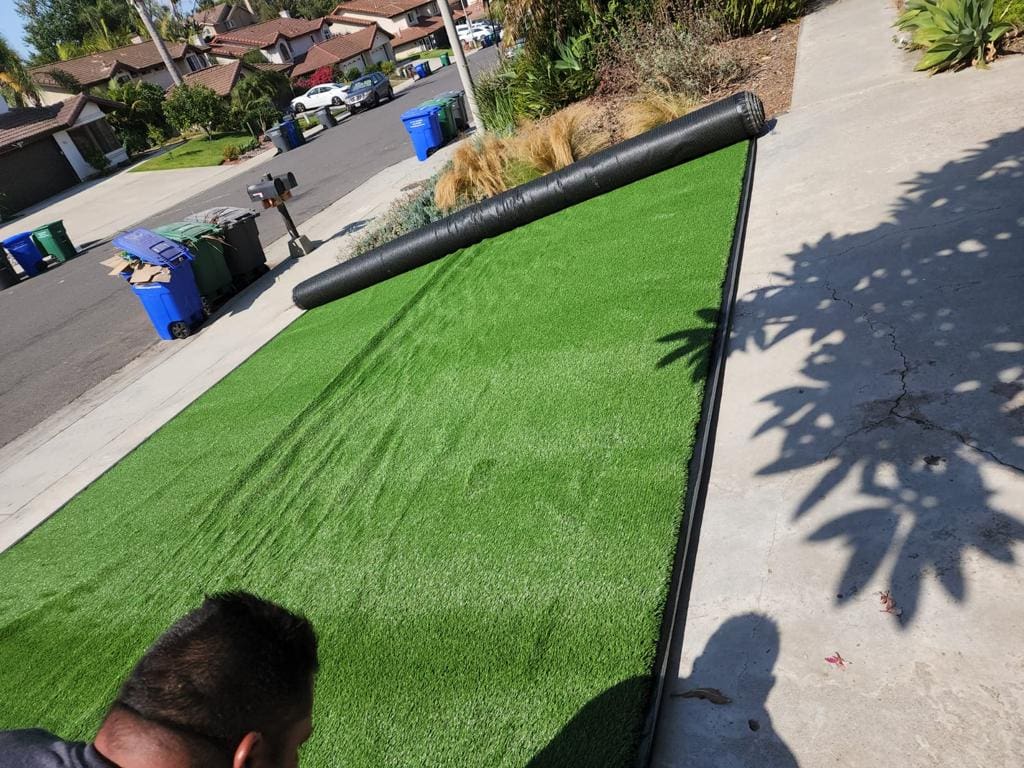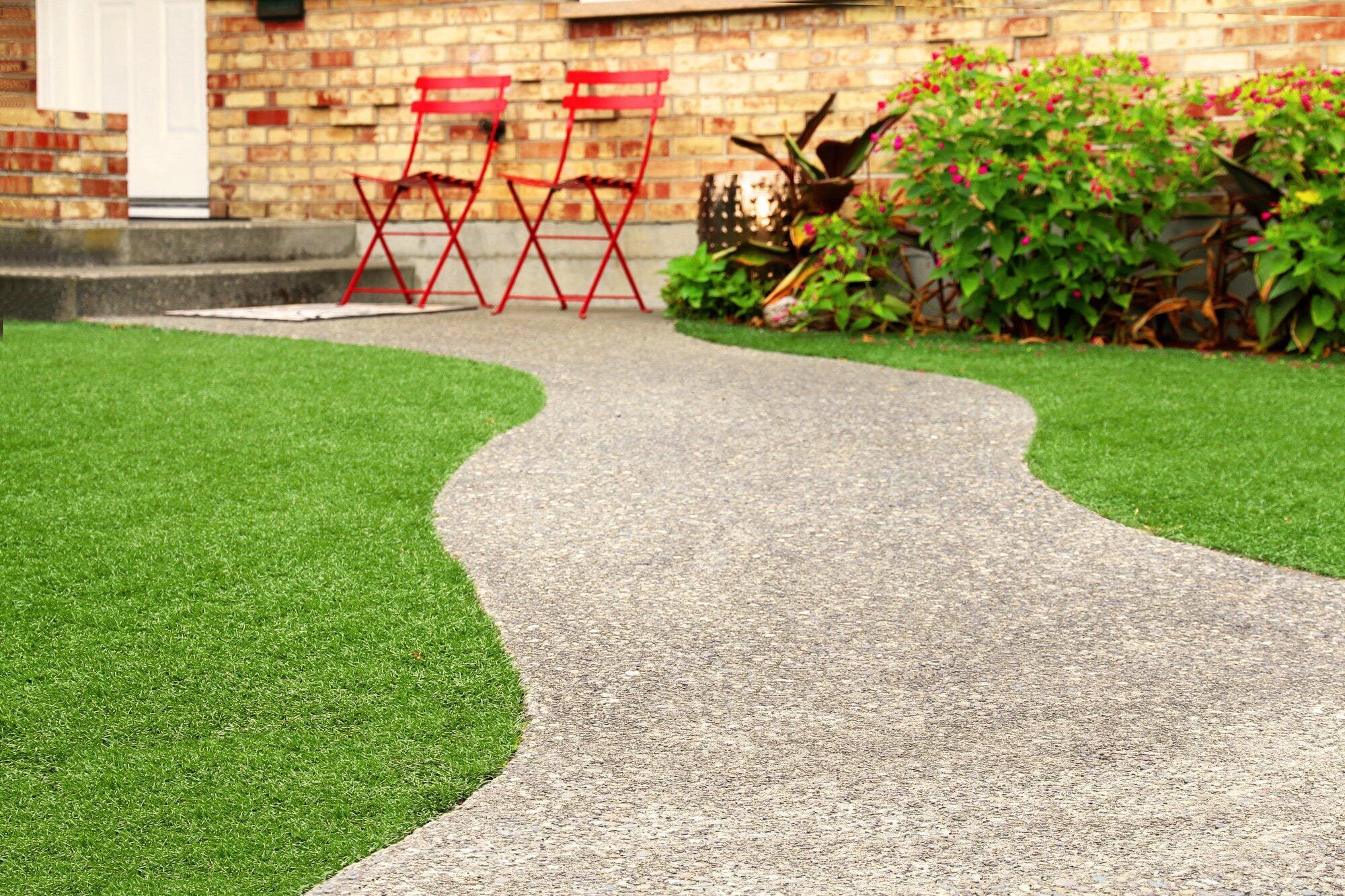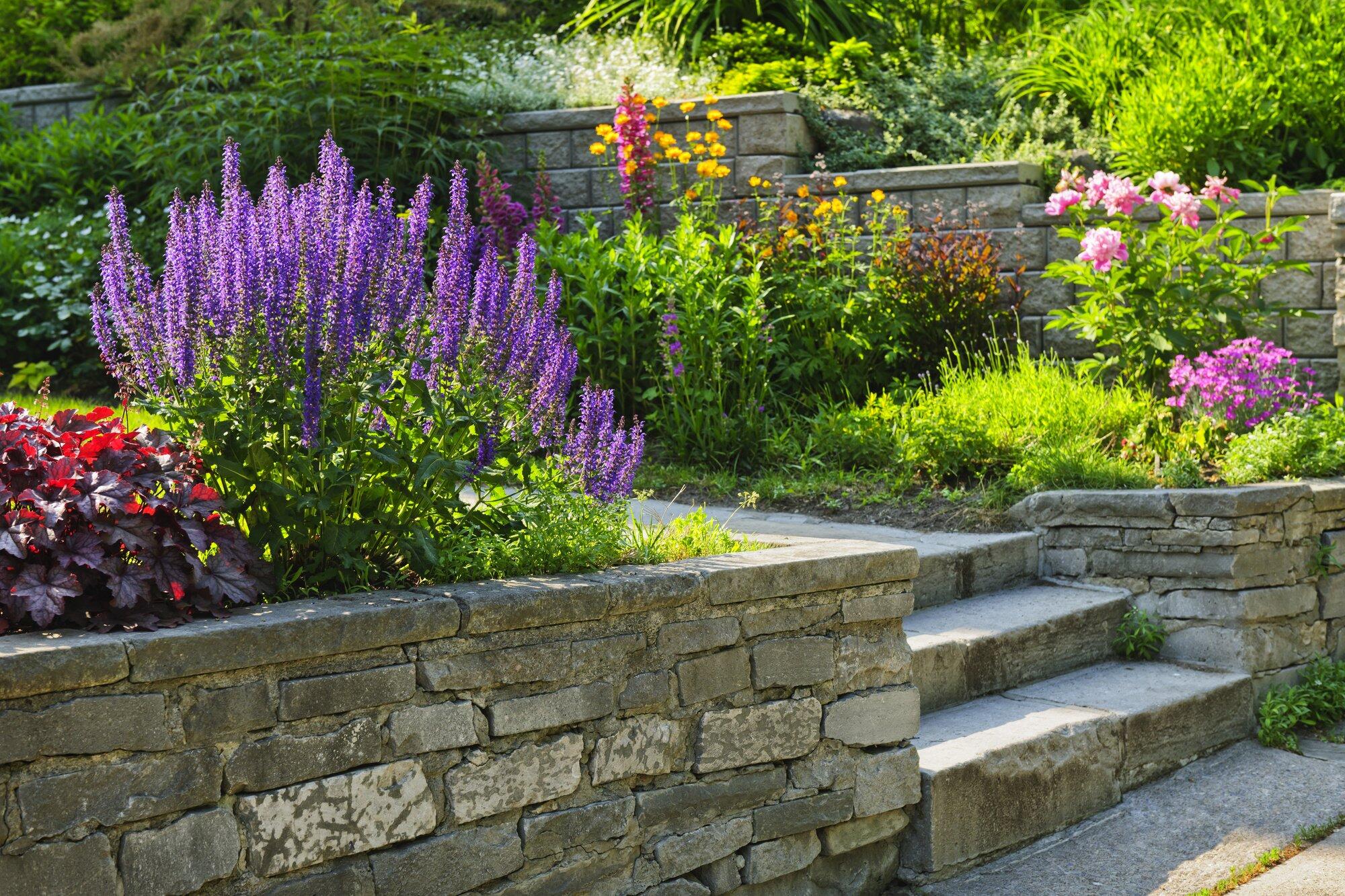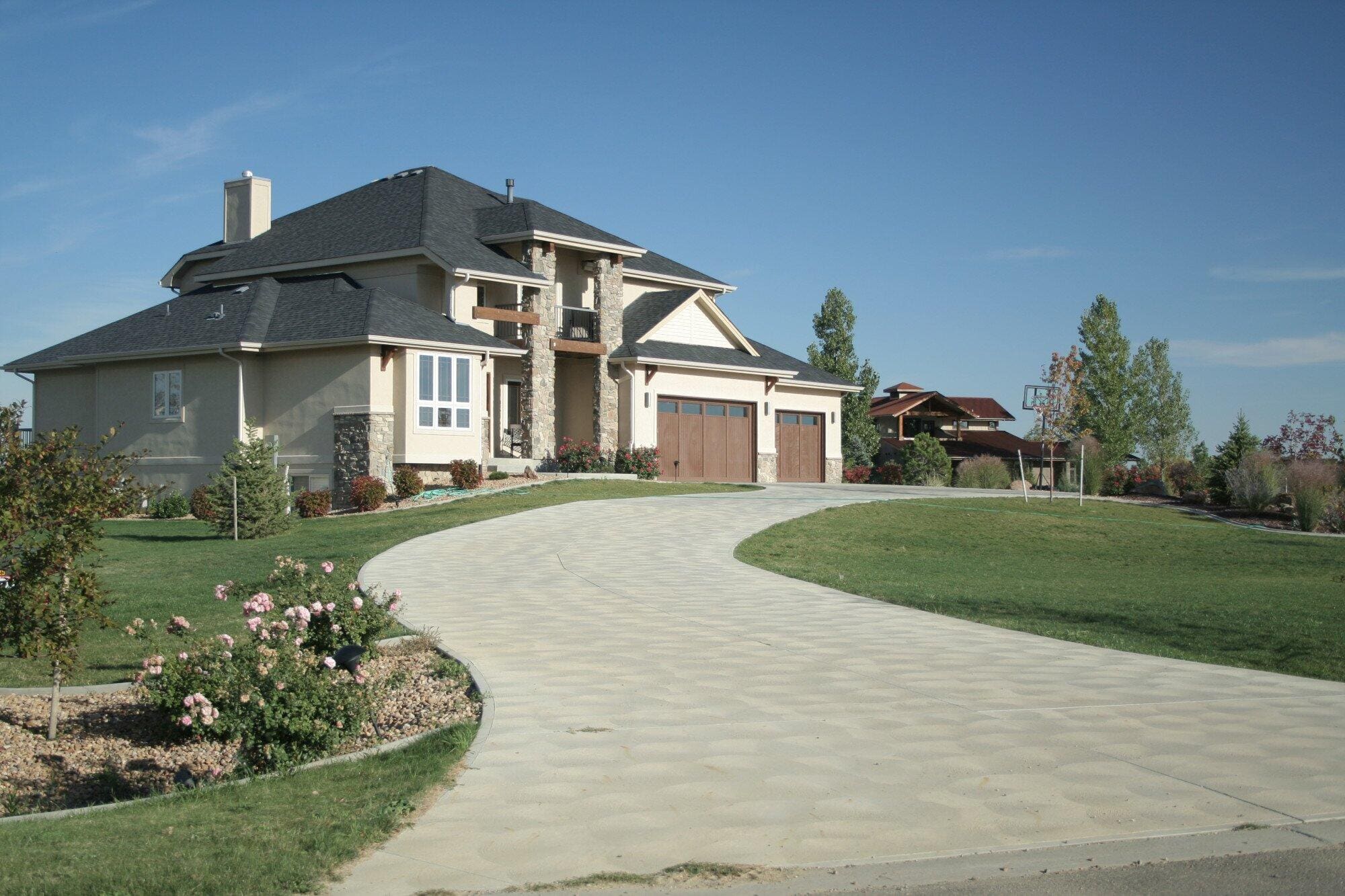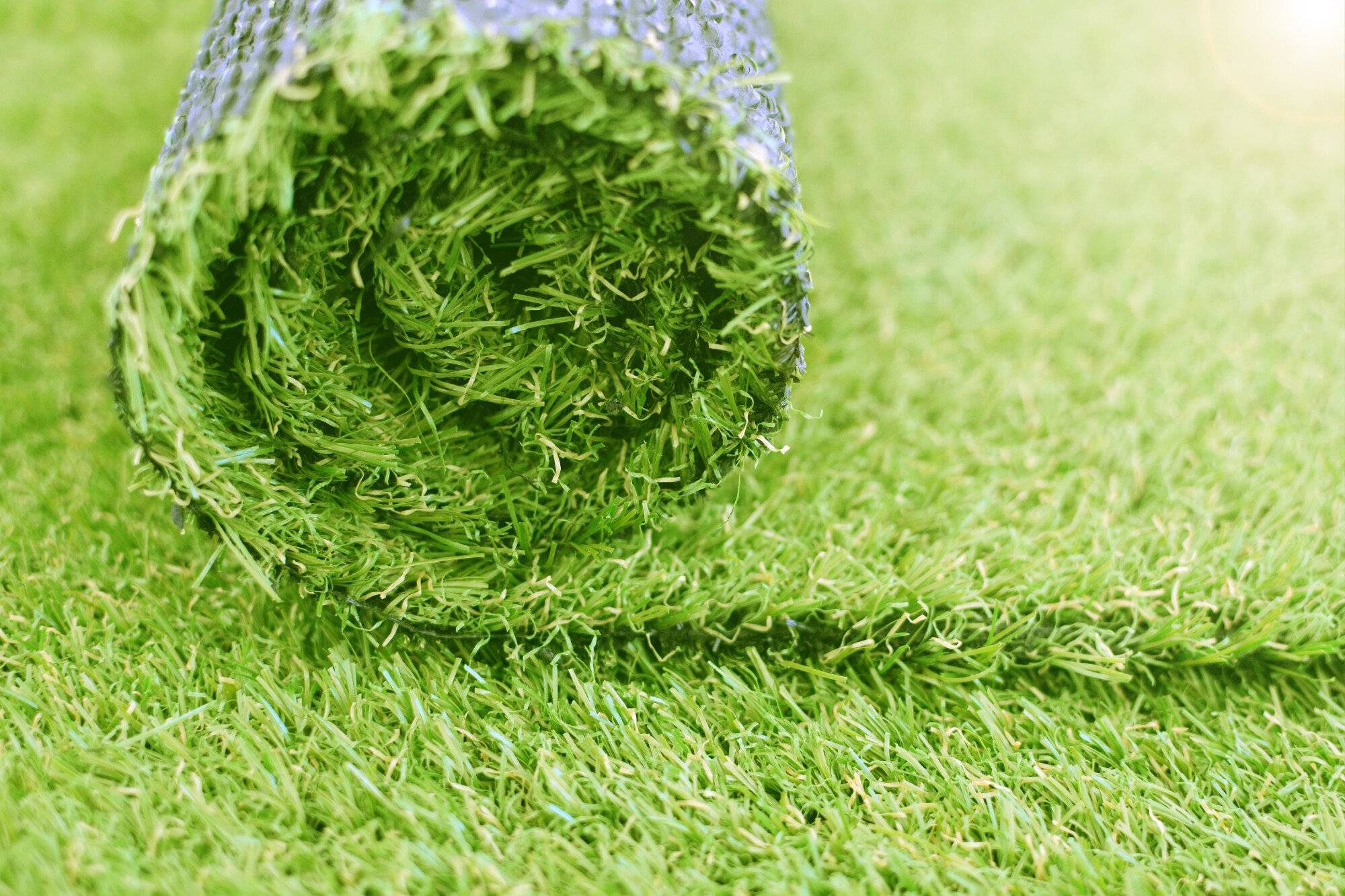How to Choose Artificial Turf?
Artificial turf, also known as synthetic turf, or Artificial grass, is a surface made of synthetic fibers designed to look like natural grass.
It is most often used in arenas for sports that were originally played on grass, on residential properties, and on commercial real estate.
Artificial turf has been around since the 1960s but has grown in popularity due to its low maintenance, durability, and cost–effectiveness.
Artificial turf offers more consistent conditions than natural grass, which can be impacted by weather, temperature, and other environmental factors.
It also provides a safe surface for athletes, and out and indoor activities reducing the risk of injury from slips and falls.
Artificial turf is also easier to maintain than natural grass, as it does not need to be watered, mowed, fertilized, or treated with pesticides.
In addition, it is more cost–effective to install and maintain than natural grass. Artificial turf has become increasingly popular in recent years, with many landscaping.
It is also used in residential and commercial: golf courses, playgrounds, and even in some cases, to replace natural grass in parks.
While artificial turf offers many benefits, there are also some drawbacks. It can be hot to the touch in hot weather, and the surface can become slippery when wet.
Some studies have also suggested that artificial turf may be linked to an increased risk of cancer due to the presence of rubber crumb infill, which contains toxins and carcinogens.
Despite the drawbacks, artificial turf remains a popular choice for many homeowners.
What are the disadvantages and advantages of artificial turf?
Advantages of Artificial Turf:
Artificial turf is made of synthetic fibers that are designed to stand up to heavy use and require minimal maintenance.
• Extremely durable and can withstand harsh weather conditions like extreme temperatures, heavy rainfall, and strong winds.
• Is great for areas with high foot traffic because it does not wear down or get muddy.
• Is generally easier to install and maintain than natural grass and is often more cost-effective in the long run.
• Is great for areas with limited sunlight because it does not require direct sunlight to thrive.
• Is generally more aesthetically pleasing than natural grass, as it can be dyed to match any color scheme or design.
• May not require water to keep it looking green and lush, which can decrease your water bill.
Disadvantages of Artificial Turf:
• can be expensive to install and maintain.
• can become hot in direct sunlight, making it uncomfortable to walk on.
• can be slippery when wet and may require special treatment to prevent slipping.
• turf can be abrasive and may cause skin irritation when used for extended periods of time.
• can contain hazardous chemicals, such as lead, that may be harmful to people and the environment.
Artificial Turf is a great way to increase your house value, save on water bills and have your lawn Green the entire year.
Call us for an Estimate. We can help. We are experts in the turf installation field and can install your new turf.
Fast and reliable service.
How to choose artificial turf?
1. Consider the Amount of Foot Traffic: The amount of foot traffic your artificial turf will receive should be a top priority when selecting artificial turf. For example, if the turf is going to be used for a pet area, you’ll want to opt for a turf with a high–traffic rating.
2. Choose the Right Turf Pile Height: Pile height is the length of the blade of the turf. Generally, the longer the pile height, the more plush and natural the turf will appear. However, if the turf is used for sports, a shorter pile height will be better since it will provide better performance.
3. Decide on the Color: Artificial turf is available in a variety of colors, ranging from bright green to a more natural-looking olive tone. You should consider the color of the turf carefully to make sure it matches your landscape.
4. Evaluate the Infill: Infill is the material used to fill the gaps between the blades of artificial turf. The right infill will help to keep the turf in place, provide cushioning, and reduce the amount of dust and dirt that can accumulate on the turf.
5. Consider the Warranty: Make sure to read the warranty of the artificial turf you’re considering before making a purchase. This will ensure that you’re making an informed decision and will help to guarantee that you’ll get the most out of your investment.
Call us for an Estimate. We can help.
California Clean and Seal are experts in the turf installation field and can install your new turf.
Fast and reliable service.


